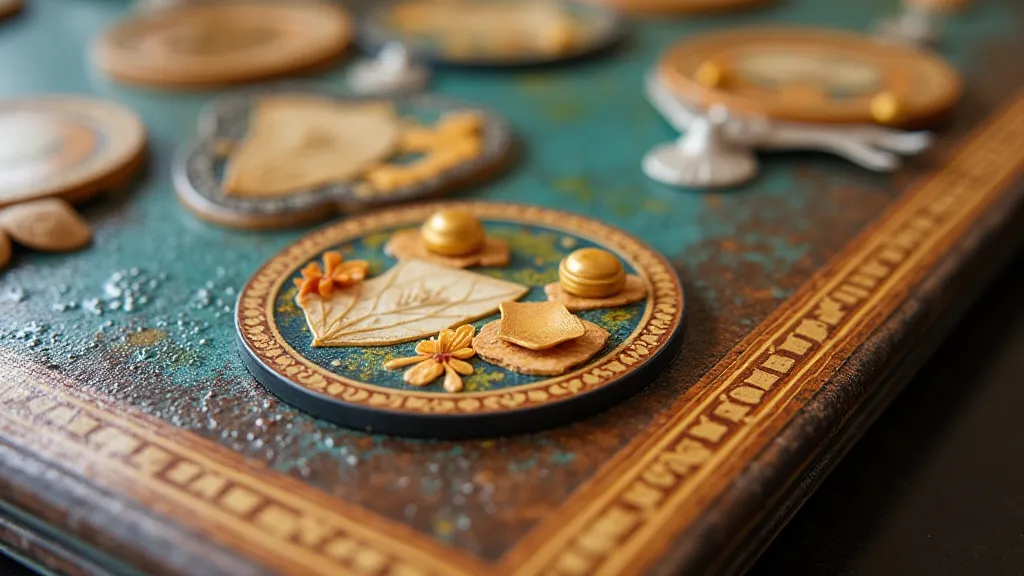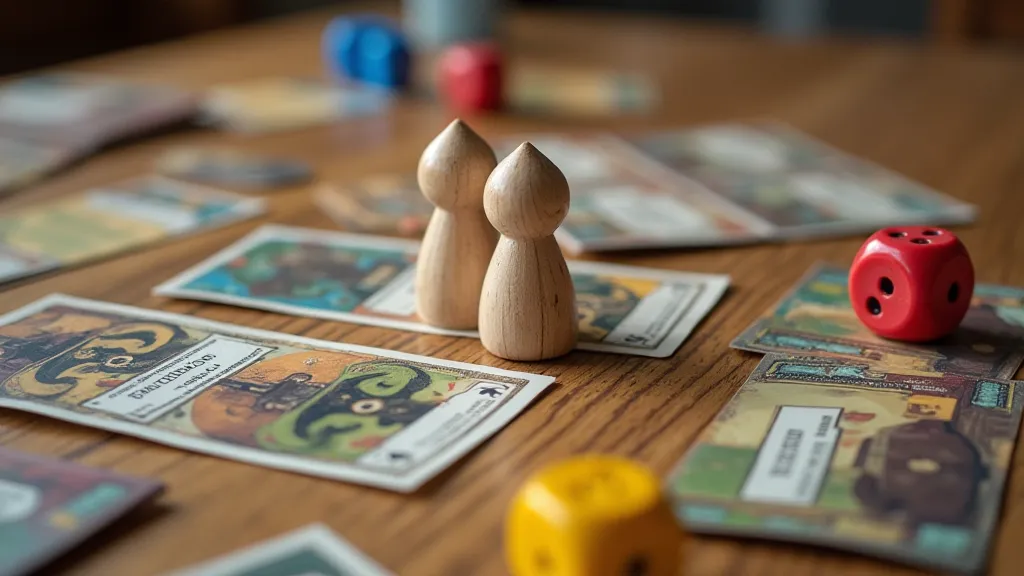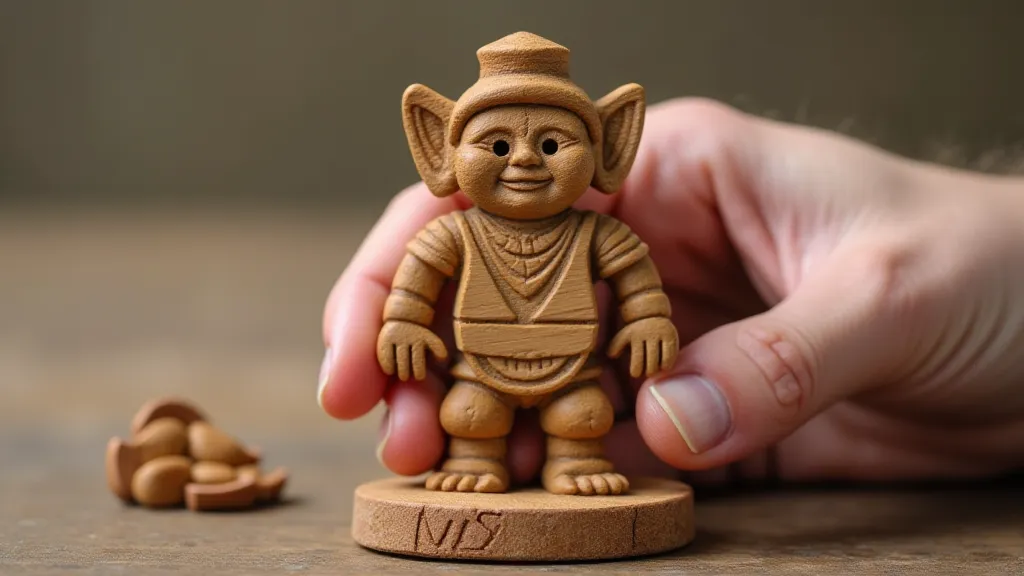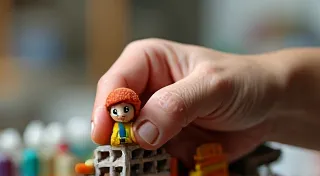Board Game Components: A Guide to Quality and Durability
Board games have seen a massive resurgence in popularity, and with that rise comes a greater appreciation for the quality and craftsmanship that goes into them. It's no longer enough for a game to just be fun; players are increasingly discerning about the components themselves. A flimsy board or cardboard tokens can significantly detract from the overall experience. This guide explores the various components found in board games and how to assess their quality and durability.
The Building Blocks: Common Board Game Components
Let’s break down the most common elements you’ll find in a board game and what to look for in terms of quality.
Game Boards
The game board is often the centerpiece of a board game. They can range from simple, folded cardboard to thick, multi-layered boards with custom artwork. Durability is key here. Look for:
- Material Thickness: Thicker boards (at least 2mm) are less likely to warp or bend.
- Surface Coating: A matte or linen finish reduces glare and makes the board feel more premium. Glossy finishes can be slippery.
- Printing Quality: Sharp, vibrant artwork is a sign of a well-made game. Check for misprints or blurry images.

Cards
Cards are ubiquitous in board games. The quality of the card stock significantly impacts their longevity. Consider these factors:
- Card Stock Weight: Heavier card stock (200gsm or higher) feels more substantial and resists bending and tearing.
- Lamination: A linen or matte finish provides a smoother feel and reduces shuffle wear.
- Image Quality: Crisp, clear artwork is essential for readability.
Tokens & Meeples
Tokens and meeples (wooden figures) are often handled frequently. Their quality reflects on the overall feel of the game. What to look for:
- Material: Wooden meeples should be made from smooth, well-sanded wood. Plastic tokens should be made of durable plastic and clearly molded.
- Detail: Detailed meeples and tokens add to the game's aesthetic appeal.
- Finish: A protective coating on wooden pieces prevents chipping and wear.
Dice
Dice are a simple component, but their quality can still vary.
- Material: Resin dice offer a satisfying weight and often have a more precise roll. Plastic dice are common and durable.
- Accuracy: Well-made dice are precisely cut, ensuring a fair roll.
- Ink Quality: Numbers and symbols should be clearly printed and resistant to wear.
Other Components
Beyond these core components, games can include miniatures, custom dice, plastic inserts, and more. Each component should feel well-made and appropriate for the game's theme and complexity.
Assessing Component Quality
Here’s a quick checklist for evaluating the quality of board game components:
- Feel: Do the components feel cheap or premium?
- Durability: Will they withstand repeated use?
- Aesthetics: Do they look good and fit the game’s theme?
- Functionality: Are they easy to handle and use?
Why Quality Matters
Investing in high-quality components isn’t just about aesthetics. Durable components extend the life of the game, ensuring it remains enjoyable for years to come. Furthermore, the feel of quality elevates the entire gaming experience, making it more immersive and satisfying. Poorly made components can lead to frustration, damage, and ultimately, a less enjoyable game.

Final Thoughts
While gameplay remains the core of any great board game, the quality of the components shouldn’t be overlooked. By paying attention to materials, printing, and overall construction, you can appreciate the craftsmanship that goes into your favorite games and ensure they provide years of enjoyment. Next time you're considering a new board game, take a closer look at the components—you might be surprised at the difference!




![Game News: Board Game Kickstarter Spotlight – [Project Name]](/thumbs/game-news-kickstarter-spotlight.webp)
![Game News: Upcoming Board Game Releases in [Month/Year]](/thumbs/game-news-upcoming-releases.webp)
